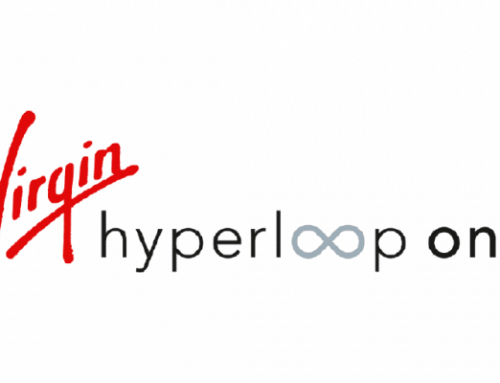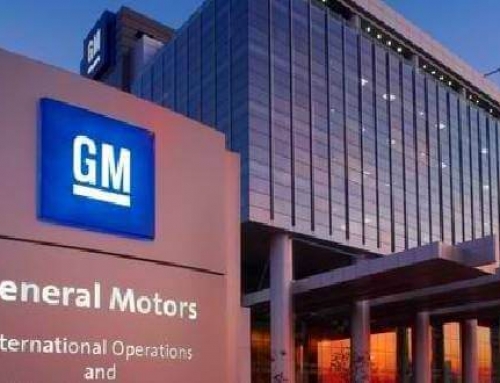Prime Minister Justin Trudeau will attend the launch by the Waterloo, Ontario-based smartphone pioneer, the prime minister’s office said on Sunday. A Blackberry spokeswoman deferred any comment on the project until Monday.
Blackberry, once known for its phones but now betting its future on the more profitable business of making software and managing mobile devices after largely ceding the smartphone market to the likes of Apple and Samsung, is expanding subsidiary QNX’s Ottawa facility to focus on developing advanced driver assistance and autonomous vehicle technology.
After a detour where QNX’s industrial-focused software was used to reinvent the now-discarded BlackBerry phone operating system, BlackBerry is focused on how its embedded software interacts with the explosion of sensors, cameras and other components required for a car to drive itself.
But while deep-pocketed Silicon Valley has invested heavily in the artificial intelligence and machine learning required for autonomy, more financially-constrained BlackBerry has not, eyeing instead a niche role as a trusty sidekick.
“What QNX is doing is providing the infrastructure that allows you to build higher-level algorithms and to also acquire data from the sensors in a reliable manner,” said Sebastian Fischmeister, a University of Waterloo associate professor who has worked with QNX since 2009.
“Our play in this is that we provide the software foundation for these high-performance compute platforms,” QNX head John Wall said in an interview on Friday .
BlackBerry and the university’s research teams got the green light to test Ford Motor Co (F.N) Lincoln vehicles with autonomous features on Ontario’s public roads late last month. The company has also inked a deal to work directly with the Detroit-based carmaker as it works to get fleets of robot ride-sharing vehicles to market by 2021.
Wall said the company is in advanced discussions with “more than one or two” other major global automakers about similar partnerships, but also cautioned that the hype of robot cars would take a long time to be fully realized.
QNX already powers infotainment and telematics systems in millions of cars, giving an option to automakers watching the speed at which firms such as Tesla Motors Inc (TSLA.O), ride-hailing company Uber Technologies Inc [UBER.UL], and Alphabet Inc’s (GOOGL.O) Google have advanced their self-driving projects.
“If they can prove that they have the whole package and the security, they could absolutely dominate the market” for autonomous vehicle operating systems, said Sam Fiorani, an analyst at Auto Forecast Solutions.
Risks remain, including the challenge from chipmakers such as Intel Corp (INTC.O) who, eyeing demand for their processors in future robot cars, could discount or give away their own security and safety software in order to sell more hardware.
“Some of these companies can afford to lose a lot of money in their pursuit of adoption and market share,” said Chris Rommel, who leads embedded technology research at VDC Research.
(Reporting by Alastair Sharp, additional reporting by Andrea Hopkins; Editing by Alan Crosby)







